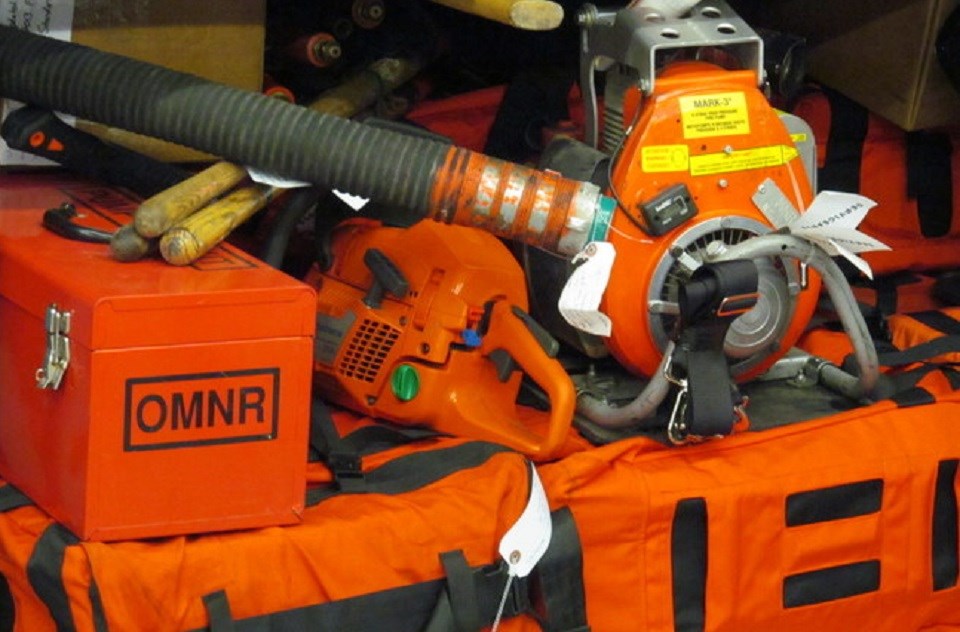Ontario is ready to respond to this year’s wildland fire season, which lasts from April 1 until October 31.
“We are ready to protect people and communities across the province from wildland fires,” said Graydon Smith, Minister of Natural Resources and Forestry. “Our teams are closely monitoring weather conditions to detect fires early. When they do hit, Ontario’s fire rangers, pilots and support staff are prepared to battle these fires and protect Ontarians.”
The province has action plans in place to manage large, complex fires, especially near communities and critical infrastructure.
“With wildland fire season soon upon us, it’s vitally important that we have a plan in place to respond to crises quickly, efficiently and in close coordination with partners on the ground,” said Prabmeet Sarkaria, President of the Treasury Board and Minister responsible for Emergency Management in Ontario. “Ontario’s Provincial Emergency Management Strategic Action Plan is our emergency response toolkit to ensure Ontario is safe, practiced, and prepared at all times. Our commitment to communities across the province is that Ontario remains emergency-ready and resilient—both now and into the future.”
Ontario works to fight wildland fires, protect communities, and maintain public safety in cooperation with community leaders, Indigenous emergency organizations and other agencies. Participation in agreements with provincial, federal, and international partners also allows for the sharing of personnel, equipment, and aircraft between agencies during periods of escalated wildland fire activity.
Approximately 50 per cent of all wildfires are caused by humans. There are actions the public can take to reduce the risks of forest fires:
- Before starting an outdoor fire, check the interactive map at ontario.ca/forestfires and ensure you are aware of the fire hazard and restrictions in place in your area. Follow Ontario’s outdoor burning regulations, including igniting fires no sooner than two hours before sunset and extinguishing them no later than two hours after sunrise.
- Ensure campfires do not get too big and are fully extinguished at the end of the evening or prior to leaving the site. Have tools and water on hand to control outdoor fires.
- To learn more about how to prepare your community or property to reduce the risk or impact of a wildland fire please visit How to prevent forest fires | ontario.ca and Be FireSmart | ontario.ca.
Ontario is internationally recognized as a leader in wildland fire management and its resources to fight wildland fires include:
- Hundreds of staff who are highly trained and skilled in supporting and fighting wildland fires
- A fleet of specialized aircraft used to suppress wildland fires and transport staff across the province
- Fourteen fire management headquarters, three attack bases and seventeen forward attack bases, two regional bases, two regional logistics centres and one provincial co-ordination facility.
Quick Facts
- Last year in Ontario between April 1, 2022, to October 31, 2022, there were 268 wildland fires – with over 2,516 hectares of forests burned, which is well below the 10-year average.
- By comparison, during the 2021 fire season, Ontario experienced severe drought and dry weather conditions which led to 1,198 fires between April 1, 2021, and October 31, 2021, which was well above the ten-year average of 825 fires for this period. Approximately 793,325 hectares of forests were burned, including a 200,000-hectare fire – one of the largest in Ontario’s history.
